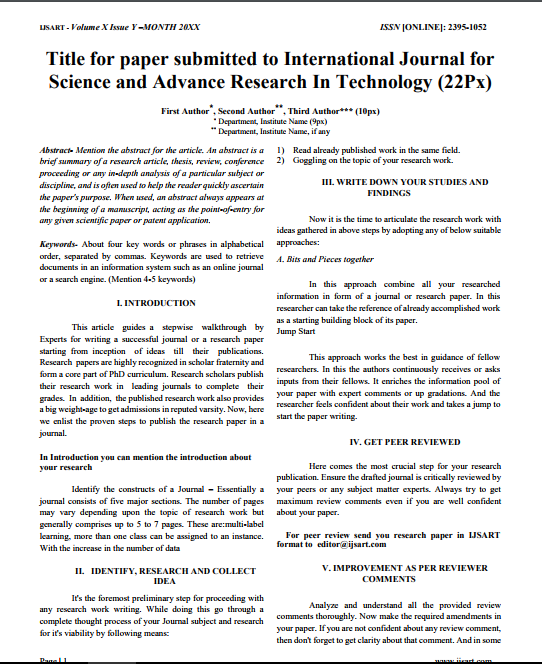EFFECTIVE POSITION OF SHEAR WALL FOR HIGHER RISE FOR TIME HISTORY ANALYSIS |
Author(s): |
| Abhishek Godage |
Keywords: |
| shear wall, Deformation,Failure modesReinforced Concrete. |
Abstract |
|
There in forced concrete buildings are subjected to lateral loads due to wind and earthquake and these forces are predominant especially in tall and slender buildings. In order to resist these lateral loads, shear walls are providing din the building as a lateral load-resistingelement, which inherently possesses sufficient strength and stiffness. The importance of shear walls in mitigating the damage to reinforced concrete structures is well documented in the literature. The shear walls are generally classified into three categories on the basis of aspect ratio of the shear wall (height/width ratio) viz., short, squat and slender shear walls. The short shear wall, though not very common, has the aspect ratio less than unity. In order to carry out the above analyses, the finite element program has been developed in FORTRAN with state- of- the- art material and geometric modeling. The program is capable of performing static as well as dynamic analyses in linear and non-linear regimes Elements are being used predominantly in modeling the shear wall geometry and resulted in a better performance for both thick and thin shells. Since the formulation based on the classical shell theory has been found to be mathematically complex, the use of degenerated shell element came into picture and was found promising when it was first developed for the analysis of moderately thick plates and shells. Nevertheless, the element suffered from locking phenomenon. |
Other Details |
|
Paper ID: IJSARTV Published in: Volume : 8, Issue : 2 Publication Date: 2/4/2022 |
Article Preview |
|
Download Article |


